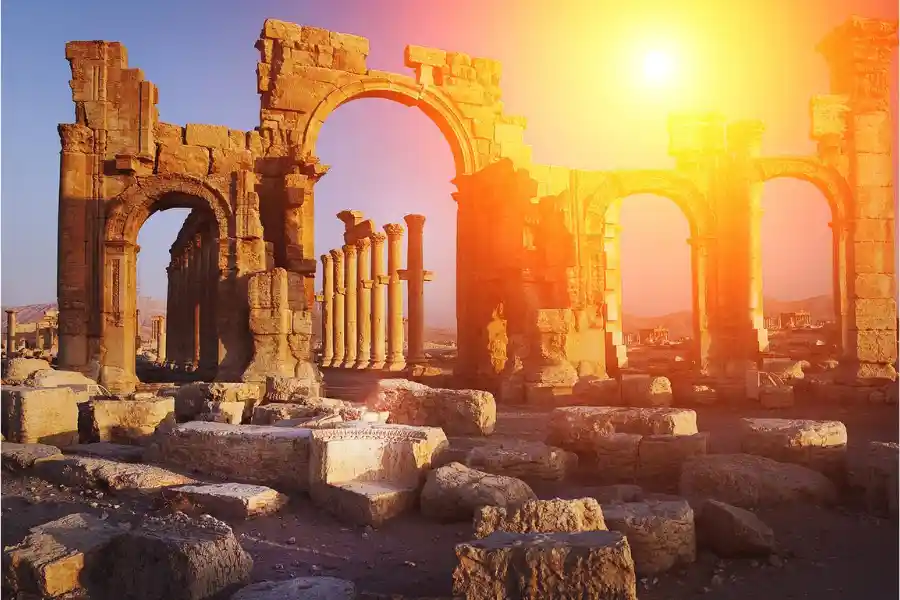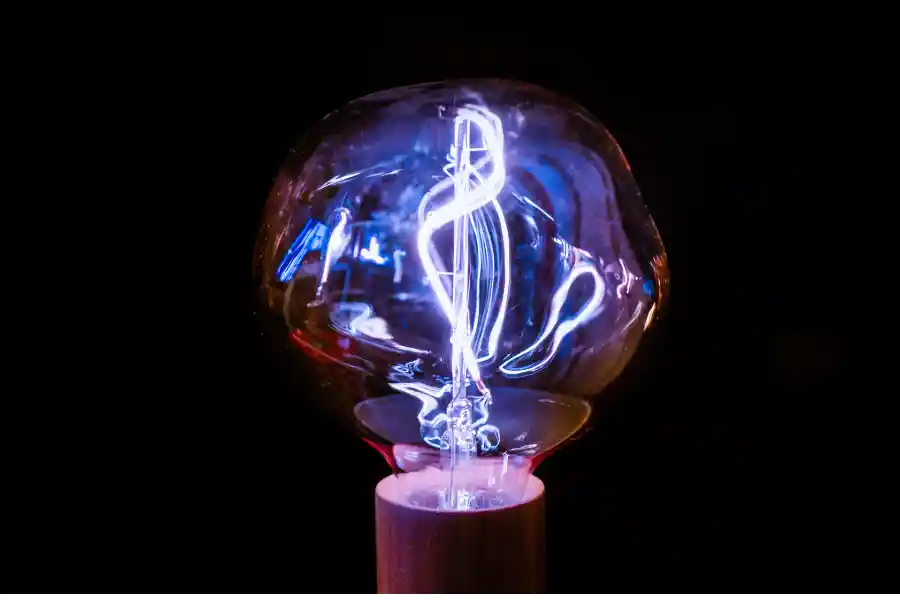Welcome to the future of technology in 2024, where the buzz around “Wavr-297” reaches a crescendo. If you’ve encountered this term and wondered about its significance, fear not – this blog is your ultimate guide to unraveling the enigma of Wavr-297.
In a world where artificial intelligence is redefining creativity, Wavr-297 emerges as a cutting-edge technology, promising to reshape how we interact with the digital realm. This blog takes you through the layers of hype surrounding Wavr-297, exploring its technical intricacies, applications, and potential impact.
So, buckle up as we navigate the pulsating waves of Wavr-297 with a clear understanding of this game-changing innovation in 2024.
What is Wavr-297?
Wavr-297 is an artificial intelligence system tailored to boost creativity and positioned at the forefront of future creativity technology. Acting as a digital muse, it aims to revolutionize artistic processes across various mediums. With a focus on music composition, image generation, and writing, Wavr-297 could collaborate on musical pieces, generate captivating visuals, and enhance writing with linguistic mastery.
The “297” tag adds an intriguing layer of mystery, leaving us curious about its significance. In essence, Wavr-297 appears as a cutting-edge technology with the potential to democratize and supercharge creativity, bridging the gap between humans and machines in artistic expression.
History and Evolution of Wavr-297

In its early stages from the 2010s to the 2020s, Wavr-297 likely took root in machine learning advancements, with foundations in natural language processing, image recognition, and music generation. This period we witnessed a rise in creative AI tools, such as music composition assistants and AI-driven art generators, setting the stage for more sophisticated systems like Wavr-297.
From 2023 onwards, Wavr-297’s development may be attributed to the convergence of various AI and creative technologies, combining features from MuseNet, DALL-E 2, and LaMDA. Emphasizing collaboration, Wavr-297 seems designed to enhance human creativity by working alongside artists, offering suggestions, generating variations, and refining ideas rather than replacing the creative process entirely.
Impact and Applications of Wavr-297
Shrouded in mystery, Wavr-297 could be a game-changer in the creative realm, redefining how we approach art. Its potential impact spans various aspects of our lives:
Democratizing Creativity: Wavr-297 empowers individuals of all levels, allowing aspiring musicians, writers, and visionaries to create melodies, narratives, and visuals with AI assistance.
Redefining Artistic Collaboration: Beyond individual empowerment, Wavr-297 could reshape collaboration, fostering a new era where musicians, writers, and artists collaborate seamlessly, blurring the lines between solo and joint creations.
Amplifying Artistic Expression: Pushing the limits of artistic expression, Wavr-297 enables immersive experiences, from AI-powered installations to personalized soundscapes and novels that unfold uniquely with each reading.
Transforming Industries: Wavr-297’s impact extends beyond art, transforming industries by powering AI-driven educational tools, personalized marketing campaigns, and collaborative product design.
Ethical Considerations: Despite its potential, ethical considerations are crucial. Questions about AI-generated art ownership, algorithmic biases, and the impact on human creativity demand responsible development and ethical guidelines to ensure Wavr-297 empowers without threatening human artistry. As we anticipate Wavr-297’s journey, the possibilities for innovation and collaboration are thrilling yet accompanied by the responsibility of navigating ethical considerations.
Also Read: https://diagonaux.com/the-power-of-mymadeinke-a-deep-dive-into-modern-art/
Science Behind Wavr-297

Wavr-297 is a mysterious AI that works like a creative conductor, using innovative technology to do extraordinary things. It uses computer algorithms to learn from creative stuff like music and art. These algorithms, like Convolutional Neural Networks and Generative Adversarial Networks, help create and improve visuals. There are also intelligent tools for writing and storytelling. But Wavr-297 doesn’t replace artists; it wants to be friends with them. It suggests ideas, makes different versions, and improves things but lets the human artist decide what looks best. It’s like having a helpful friend who understands your style and enhances your creative ideas.
Wavr-297’s Potential Pitfalls and Challenges

Wavr-297 has enormous potential, but there are some critical problems to think about:
Ethical Questions
- Who owns the art made by Wavr-297, the artist or the AI? We need clear rules to avoid confusion and ensure artists get credit for their work.
- Wavr-297 might pick up biases from its training data, making art that could be unfair or offensive. We have to be careful with the data and strategies used to stop this from happening.
Balancing Creativity
- While Wavr-297 is helpful, artists should rely on it sparingly. Depending too heavily on AI-generated art might stop artists from thinking creatively on their own.
- There’s also a worry that Wavr-297 could replace some human artists in specific jobs. We must ensure artists can learn new skills to stay in the game.
Accessibility and Understanding
- Will Wavr-297 be easy for everyone to use, or will it create a gap between artists who can and can’t use it? We need it to be affordable and accessible for all kinds of artists.
- Understanding how Wavr-297 makes art is tricky because of its complex algorithms. We need it to be transparent and trustworthy so artists can know and control what the AI is doing.
Future of Wavr-297
Looking into the future, Wavr-297 has exciting possibilities. It might go beyond music and visuals, diving into immersive art experiences, fashion, design, and even shaping our cities. Instead of replacing artists, it aims to be a helpful collaborator, suggesting ideas and pushing creative boundaries. But there are essential things to think about, too. We must ensure it’s fair and unbiased, determine who owns the art it helps create, and provide a good balance between human and AI creativity. As Wavr-297 evolves, seeing how it shapes the creative world while ensuring everyone can benefit will be interesting.
FAQs
What is Wavr-297?
Wavr-297 is an AI enhancing creativity through advanced algorithms in music, visuals, and writing.
Can Wavr-297 Replace Artists?
No, it collaborates with artists, offering suggestions and refining ideas to amplify human creativity.
In What Fields Does Wavr-297 Impact?
Wavr-297 extends into music, visuals, writing, and areas like interactive installations and architecture.
How Does Wavr-297 Address Ethics?
Wavr-297 minimizes biases, ensures fairness, and establishes legal frameworks for art ownership.
Is Wavr-297 Accessible to Everyone?
Efforts are underway to make the Wavr-297 user-friendly and affordable, aiming to democratize creativity.
Conclusion
In summary, Wavr-297 is set to revolutionize creativity by collaborating with artists across various domains. Acting as a digital maestro amplifies human creativity in music, visuals, and more. While promising exciting possibilities like democratizing artistic expression, it also raises ethical considerations, emphasizing the need for careful attention to biases and legal frameworks. The future impact of Wavr-297 on the creative realm will hinge on the delicate interplay between technology, ethics, and human imagination.
If you want to learn more, visit our blog, diagonaux.com.

Hi there! I’m Admin and writer at Diagonaux.com, with over 30 years of experience. I love playing with words, whether it’s covering news, diving into business topics, or creating beautiful poems and stories. Making complex things easy to understand is my superpower. Join me on this writing journey, where I bring words to life in various exciting ways!





Leave a Reply